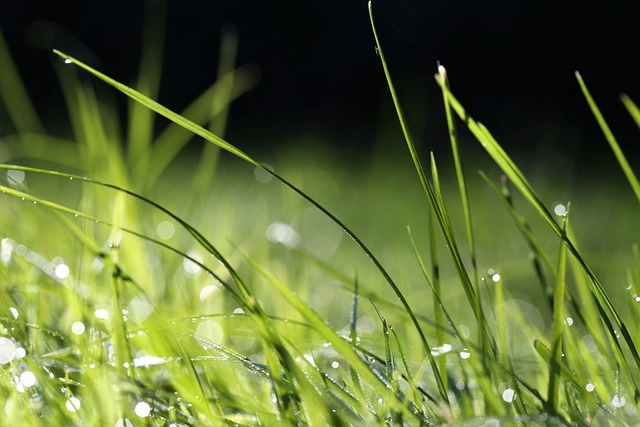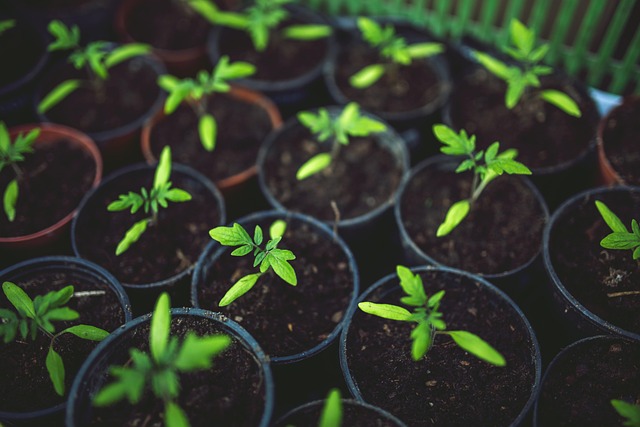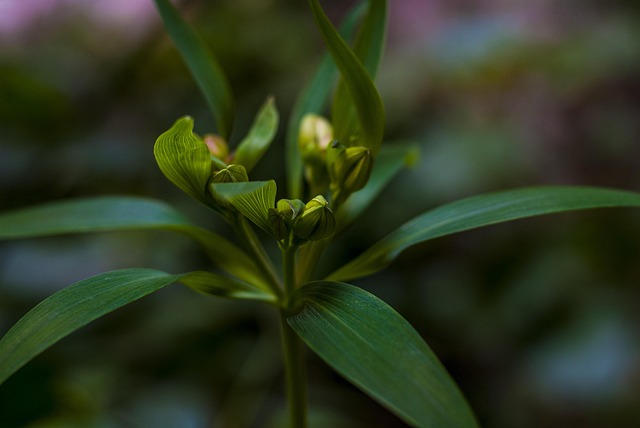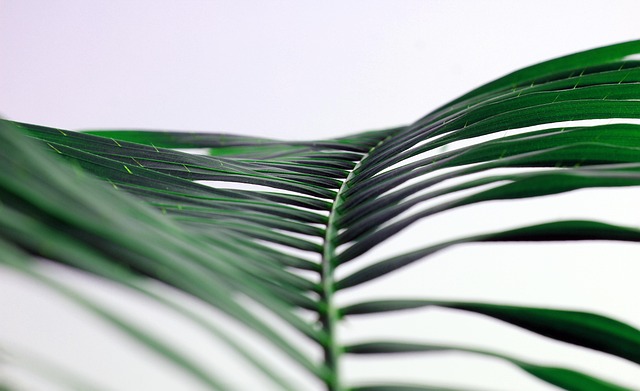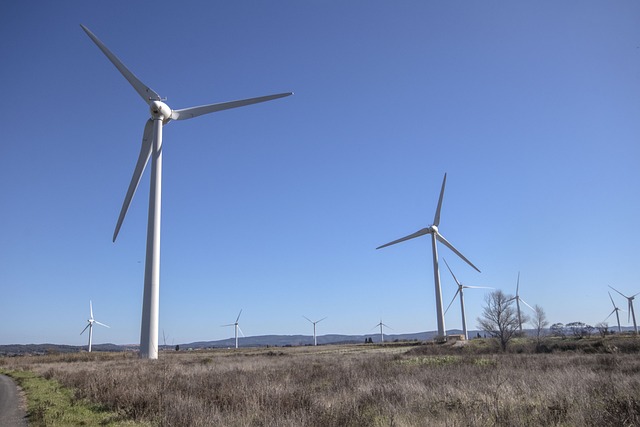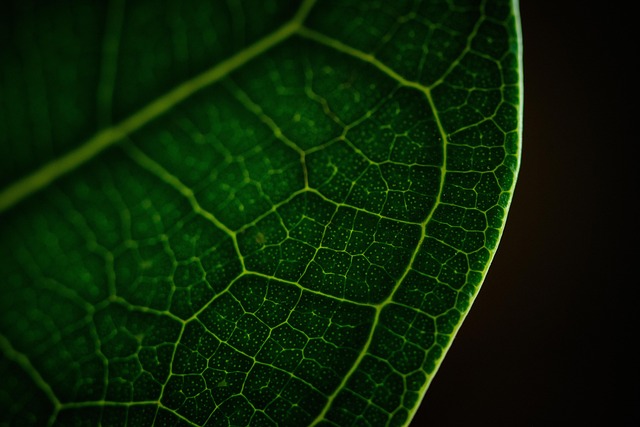Using native, drought-resistant plants in landscaping boosts garden aesthetics, conserves water, and attracts buyers, especially in water-scarce areas. These low-maintenance species reduce irrigation needs, enhance biodiversity, and improve soil health, aligning with real estate's focus on sustainability and creating vibrant, eco-friendly outdoor spaces.
Looking to enhance your yard while conserving water? Discover the power of native plants—a sustainable solution for any real estate landscape. This guide explores drought-resistant varieties and practical strategies to reduce water usage in landscaping. Learn how to choose native plants that not only thrive with minimal water but also attract local wildlife. Embrace a more efficient and eco-friendly garden, making your property a haven for both nature and real estate value.
Identifying Drought-Resistant Varieties for Your Yard
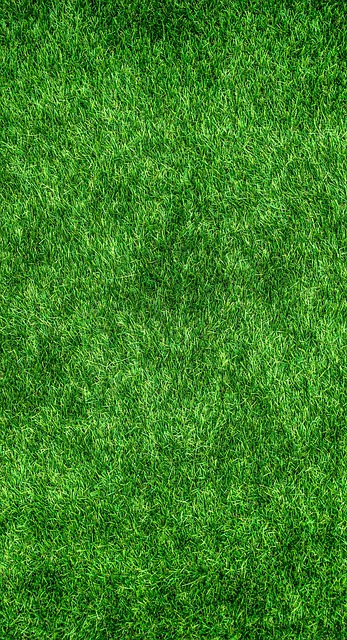
When planning your yard, selecting native plant varieties that thrive in dry conditions can be a game-changer for both your garden and your local ecosystem. The right choice of plants can reduce water usage and maintenance while enhancing your outdoor space’s beauty. In the real estate market, especially in areas facing water scarcity or drought, buyers are increasingly attracted to low-maintenance yards with native, drought-resistant flora.
Identifying these resilient plant species is key. Many native plants have adapted to survive harsh conditions, including reduced rainfall and high temperatures. From succulents and cacti to specific grasses and shrubs, there’s a diverse range of options suitable for various climates. By choosing these varieties, you contribute to the preservation of local biodiversity while creating a captivating outdoor haven that requires minimal watering.
Strategies to Reduce Water Usage in Landscaping
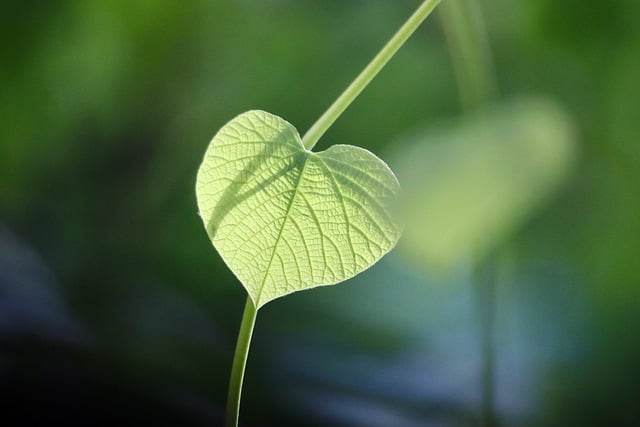
In today’s digital era, the real estate landscape is shifting towards more sustainable practices, and this includes landscaping. Reducing water usage in gardens and outdoor spaces is not just an eco-friendly approach but also a sensible strategy for cost-conscious property owners. One of the key strategies to achieve this is by selecting native plants that are well-adapted to local conditions and require minimal irrigation. Native flora has evolved to thrive in the region’s specific climate, soil, and precipitation patterns, making them highly resistant to drought.
Additionally, implementing water-efficient irrigation systems can significantly lower overall consumption. Drip or micro-sprinkler systems deliver water directly to plant roots, minimizing waste from evaporation or runoff. Landscapers can also employ techniques like mulching, which helps retain soil moisture, and choose plants with different water needs, ensuring some are drought-tolerant and others bloom during wetter seasons. These strategies not only conserve water but also contribute to a more vibrant and diverse landscape.
Choosing Native Plants: A Guide for Efficient Gardens
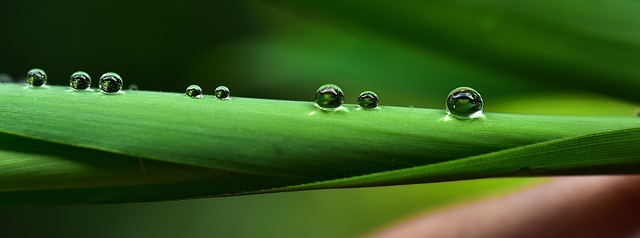
When designing your garden, selecting native plants is an eco-friendly and efficient approach that can significantly reduce water usage. Native flora is adapted to local climates and soil conditions, making them low-maintenance and less dependent on irrigation. This is particularly beneficial for areas facing water scarcity or those looking to cut down on their water bills.
Choosing native plants tailored to your region’s specific environmental needs ensures a vibrant and sustainable garden. They provide food and shelter for local wildlife, contribute to biodiversity, and often have deep root systems that aid in soil stabilization and water retention. For real estate properties, incorporating these water-efficient plants can enhance curb appeal while promoting environmentally conscious practices.
